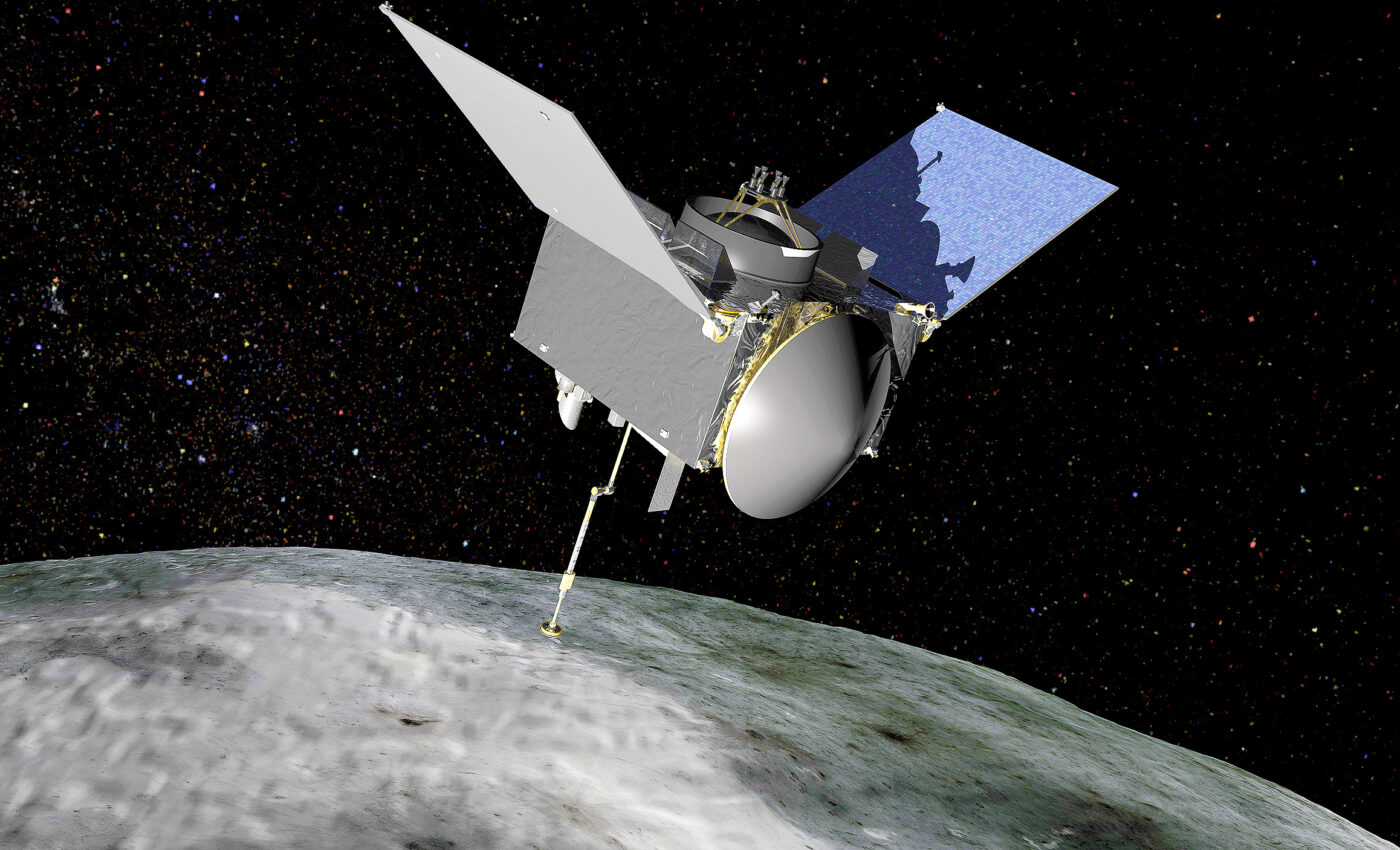
NASA finds the building blocks of life in sample returned from asteroid Bennu
An incredibly discovery from a 4.5-billion-year-old asteroid sample has brought great excitement and valuable insights to the scientific community. The sample, which was brought to Earth by NASA from the asteroid Bennu, displays evidence of a high-carbon content and water. These findings suggest that the building blocks of life on Earth might be traced back to such celestial bodies.
Asteroid Bennu sample revelations
NASA announced these exciting findings on Wednesday from its Johnson Space Center in Houston. Here, for the first time since its arrival in September, the scientific leadership presented the asteroid material to the world.
Bill Nelson, NASA Administrator, remarked on the significance of this discovery, stating, “The OSIRIS-REx sample is the biggest carbon-rich asteroid sample ever delivered to Earth and will help scientists investigate the origins of life on our own planet for generations to come.”
Delving into the OSIRIS-REx mission
The samples were collected as part of NASA’s OSIRIS-REx (Origins, Spectral Interpretation, Resource Identification and Security – Regolith Explorer) mission. This mission, according to Nelson, not only helps us understand potential threats from asteroids but also allows us a glimpse into the beyond.
The true nature of the carbon compounds discovered still needs extensive analysis, but the preliminary findings are promising for future studies.
Decades of insights to come
These samples from Bennu are not just about the present; they carry within them secrets that will be explored for decades. They will shed light on the formation of our solar system, how life’s precursors might have landed on Earth, and the necessary precautions to avert potential asteroid collisions.
Unpacking the asteroid Bennu sample
NASA’s initial aim with the OSIRIS-REx sample collection was to obtain 60 grams of the asteroid material. However, when the sample return hardware was being disassembled, the team found an abundance of bonus asteroid material covering the collector head, canister lid, and base. This surplus of material temporarily slowed down the meticulous process of gathering the main sample.
Vanessa Wyche, the director at NASA Johnson, emphasized their preparedness, noting that their labs had anticipated various outcomes from Bennu. A combination of scientists and engineers had been working together for years, designing special tools to maintain the asteroid material’s integrity and purity.
First glimpses and analyses
Within the initial fortnight, the team embarked on “quick-look” examinations of the collected material. They employed tools such as a scanning electron microscope, infrared measurements, and X-ray diffraction. Additionally, X-ray computed tomography provided a 3D computer model of one of the particles, revealing the prevalent carbon and water content.
Dante Lauretta, OSIRIS-REx principal investigator from the University of Arizona, Tucson, shared his enthusiasm, “As we peer into the ancient secrets preserved within the dust and rocks of asteroid Bennu, we are unlocking a time capsule that offers us profound insights into the origins of our solar system.”
The road ahead
Over the next couple of years, the mission’s science team will focus on further characterizing the samples. At least 70% of the sample will be preserved at Johnson for research by a global scientific community, ensuring that even future generations can benefit from this discovery.
As part of the OSIRIS-REx’s wider science program, a global cohort of over 200 scientists will explore the regolith’s properties. This includes researchers from various U.S. institutions, international partners like JAXA, CSA, and numerous other global scientists.
Later this autumn, parts of the samples will also be on display at institutions like the Smithsonian Institution, Space Center Houston, and the University of Arizona.
NASA’s recent findings from the Bennu asteroid sample have opened new avenues in our understanding of life and the universe. These discoveries not only emphasize the importance of space exploration but also promise a deeper comprehension of our very existence and origins.
—
Like what you read? Subscribe to our newsletter for engaging articles, exclusive content, and the latest updates.
—
Check us out on EarthSnap, a free app brought to you by Eric Ralls and Earth.com.













